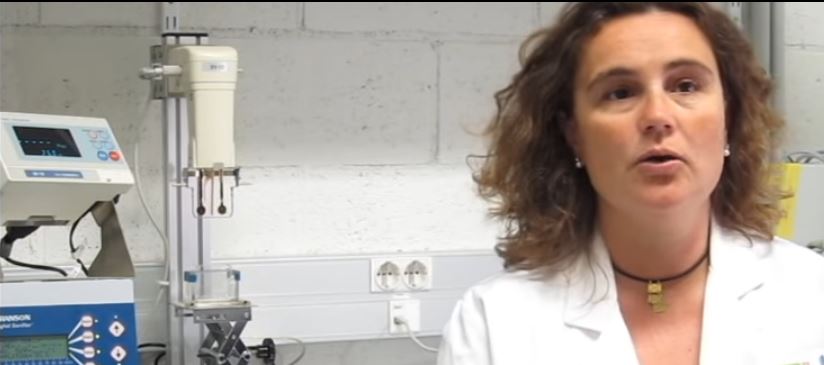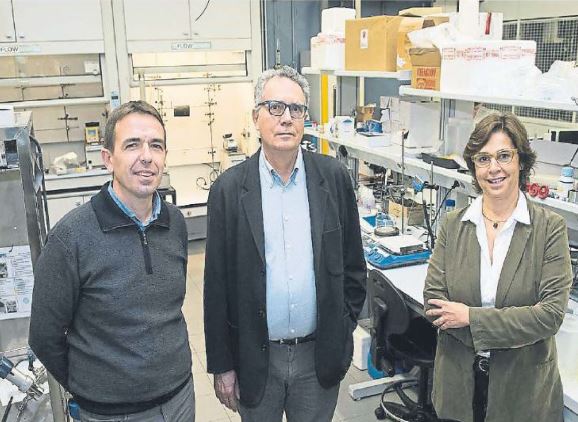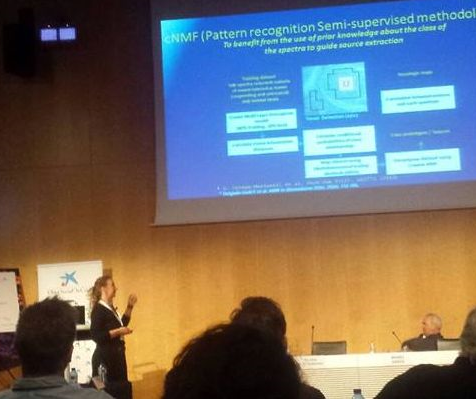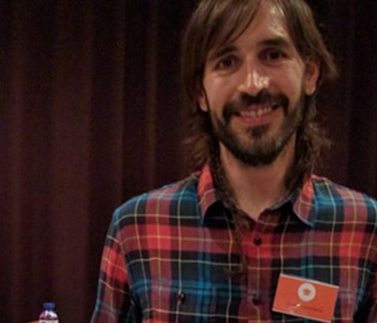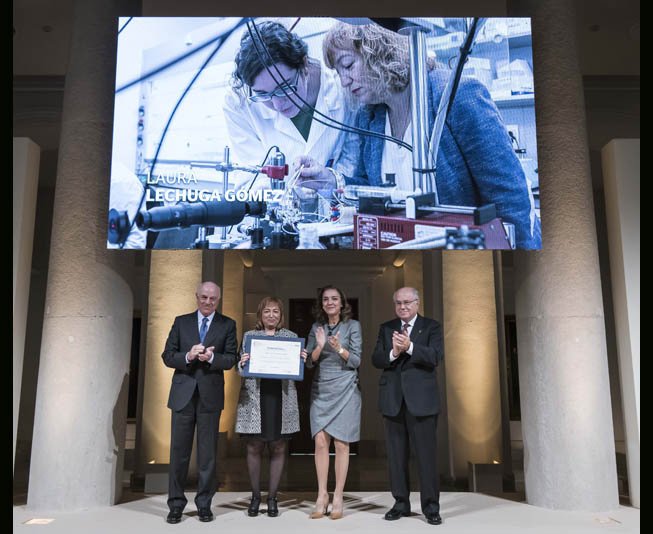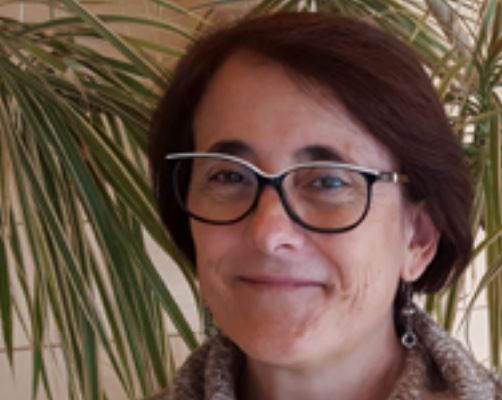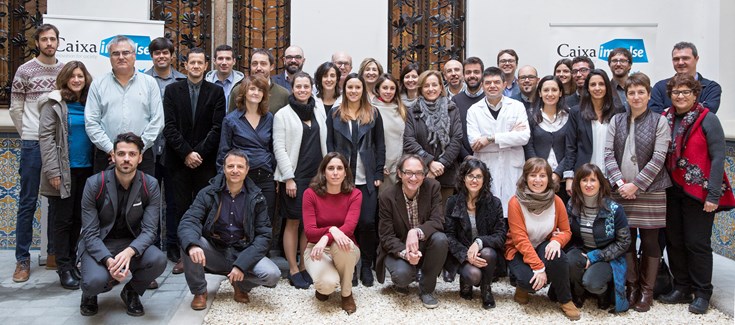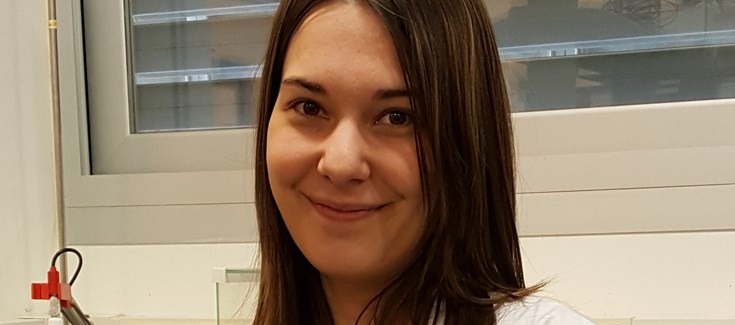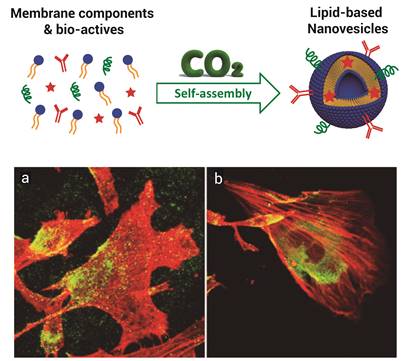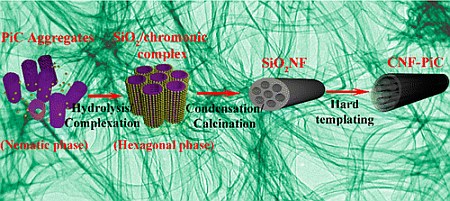EIT Health Spain awards the best innovation and entrepreneurship projects
Elisabeth Engel, Scientific Director of Unit 5 of NANBIOSIS, has received an award at EIT Health Spain event held this month at the PCB, Barcelona. The awards have been organized by the Spanish node during 2016 and are part of the financing initiatives of the EIT Health accelerator.
Professor Engel participated in the category of ‘Proof of Concept (PoC)” that recognises projects and business ideas that are in stages prior to the creation of the company and projects that are participating in acceleration programs in health. Elisabeth won a prize funded with 25.000 € for Dermoglass, the smart dressing for the treatment of chronic wounds. Dermoglass is a novel and biodegradable nanotechnology-based wound dressing that is able to stimulate the re-vascularisation of the affected area. The restored blood supply promotes the arrival of oxygen, nutrients and new cells, leading to the repair of damaged tissue and healed wounds.
